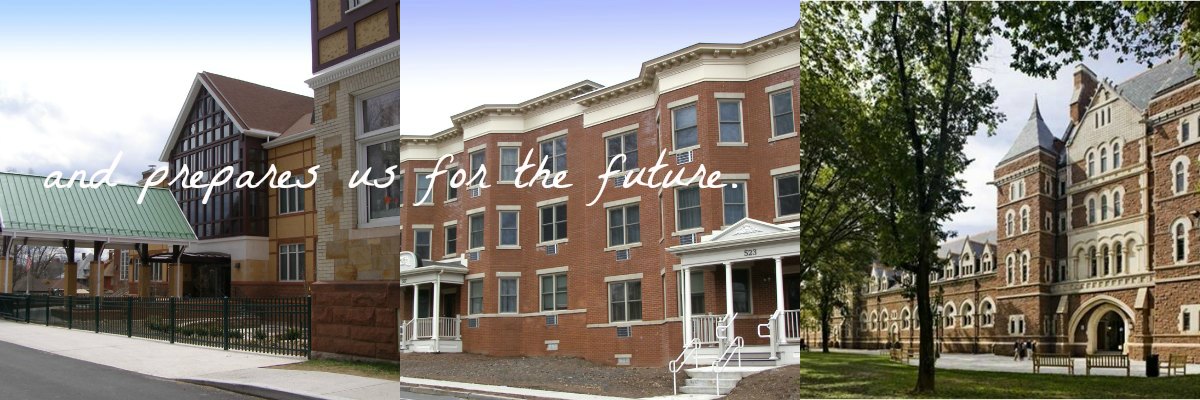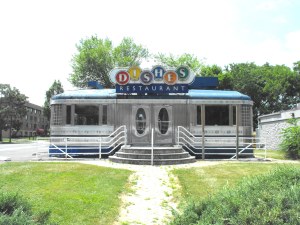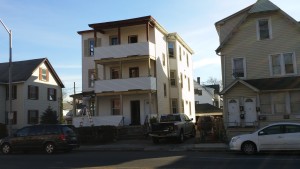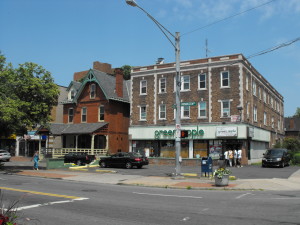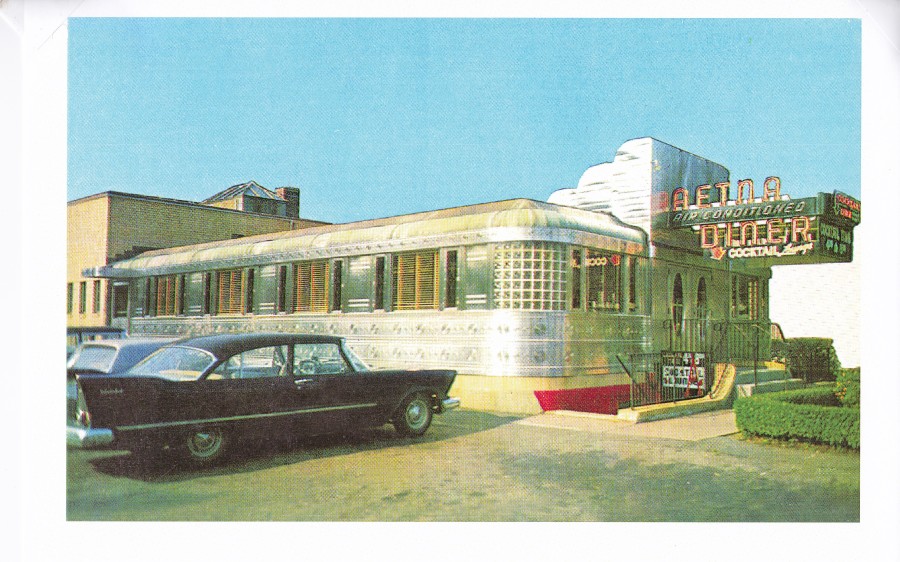In a previous blog I wrote about the concept and benefit of adopting a Form Based Code in Hartford as a preservation tool. One reader posed a terrific question: As I consider what neighborhood in which to buy a house what level of comfort do I gain by this code? I want my investment to be sound. In fact the new code would support the investment decision predictably with regulations which would inform and preserve the neighborhood feel and look. It considers the context of the neighborhood by informing owners, developers and builders that new buildings or the reuse of existing structures needs to adhere to the preservation of form.
Living on Asylum Hill I worry daily about the vacant and abandoned diner, the Comet. Widely known and at one time or another patronized by many in the City its future is uncertain. To be sure it exists in the Asylum Hill National Historic District and enjoys a certain protection. Yet, what if the building were to be destroyed what might the future development look like on the site? As it is now interest has been shown to develop a “big box” pharmacy, we all know them. Current code would allow for the replacement of an iconic building, set back from the street with some green space surrounding to build a blacktop sea of parking with a stucco box of no architectural merit. In my humble opinion it condemns an intersection of Farmington Avenue to contain soulless commerce where once it contained residential and retail energy. (For you who know the City think of the creation of the CVS and Walgreens at the intersection of Washington and Park Streets.) Rather with the establishment of a new code redevelopment of the corner would require consideration to scale, building placement and type of structure which would be compatible preserving a feel of the neighborhood. By the way there exist three pharmacies along a two mile stretch going west. As we who live along Farmington Avenue strive to improve the community Form Base Code become an ally.
I will get off the soapbox (not so very likely) with drawing attention to one more example. Across from South Green where Wethersfield Avenue begins ar e two imposing mansions built in the 1890’s – the Borden-Munsill Mansion (yes, the house that Daisy the Cow built) that has been endangered for many years and the house Mrs. Munsill built for her son, Gail Borden Munsill. Next door to these imposing homes is a used car lot! Existing code could not prevent the insertion of an eyesore. With the new code such consideration to context would guide a reuse of either the former building or vacant lot to preserve the façade of what was once a truly grand avenue.
e two imposing mansions built in the 1890’s – the Borden-Munsill Mansion (yes, the house that Daisy the Cow built) that has been endangered for many years and the house Mrs. Munsill built for her son, Gail Borden Munsill. Next door to these imposing homes is a used car lot! Existing code could not prevent the insertion of an eyesore. With the new code such consideration to context would guide a reuse of either the former building or vacant lot to preserve the façade of what was once a truly grand avenue.
The Preservation Alliance is behind the proposed code change not simply to preserve the gems. Our objective is to promote community development, economic development of a really historic city. This is not accomplished by ignoring scale, context and community need. Historic preservation matters and Form Base Code engages Hartford in that philosophy.
I would welcome any comment or questions. Hearing from you is a terrific way to discuss how we can contribute to Hartford’s future.
Wish to receive our latest blog posts in your email in-box? Sign up below.
[email-subscribers namefield=”YES” desc=”” group=”Public”]






